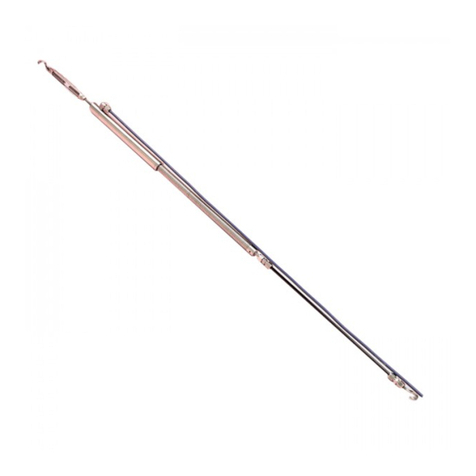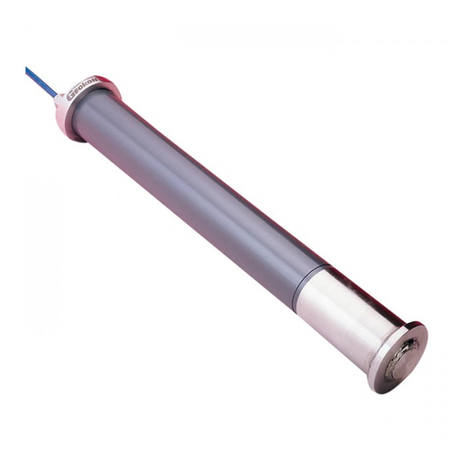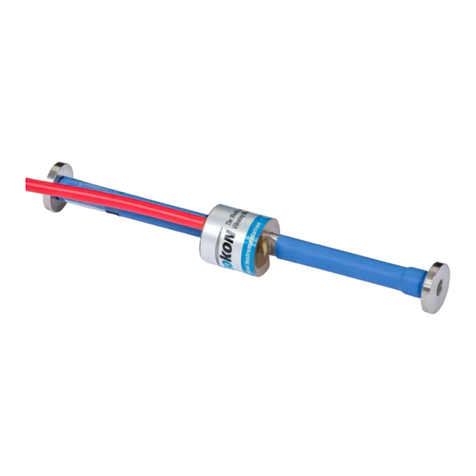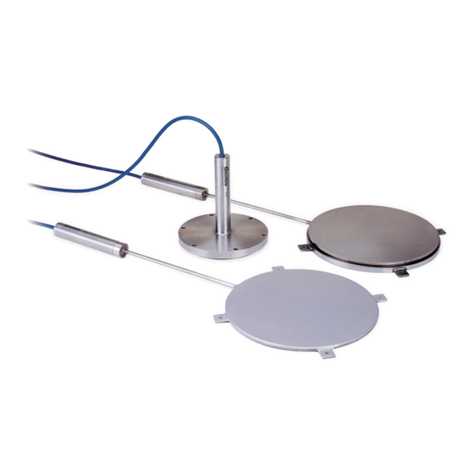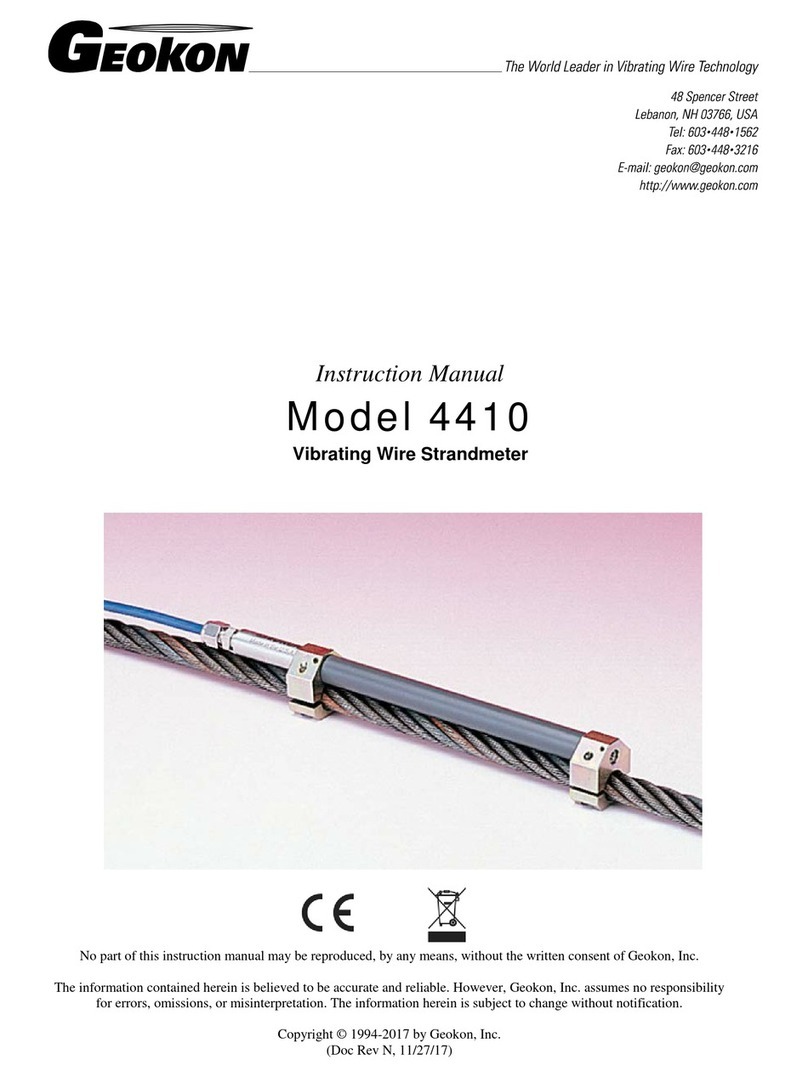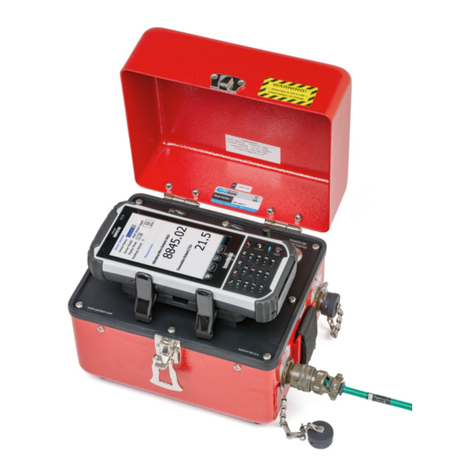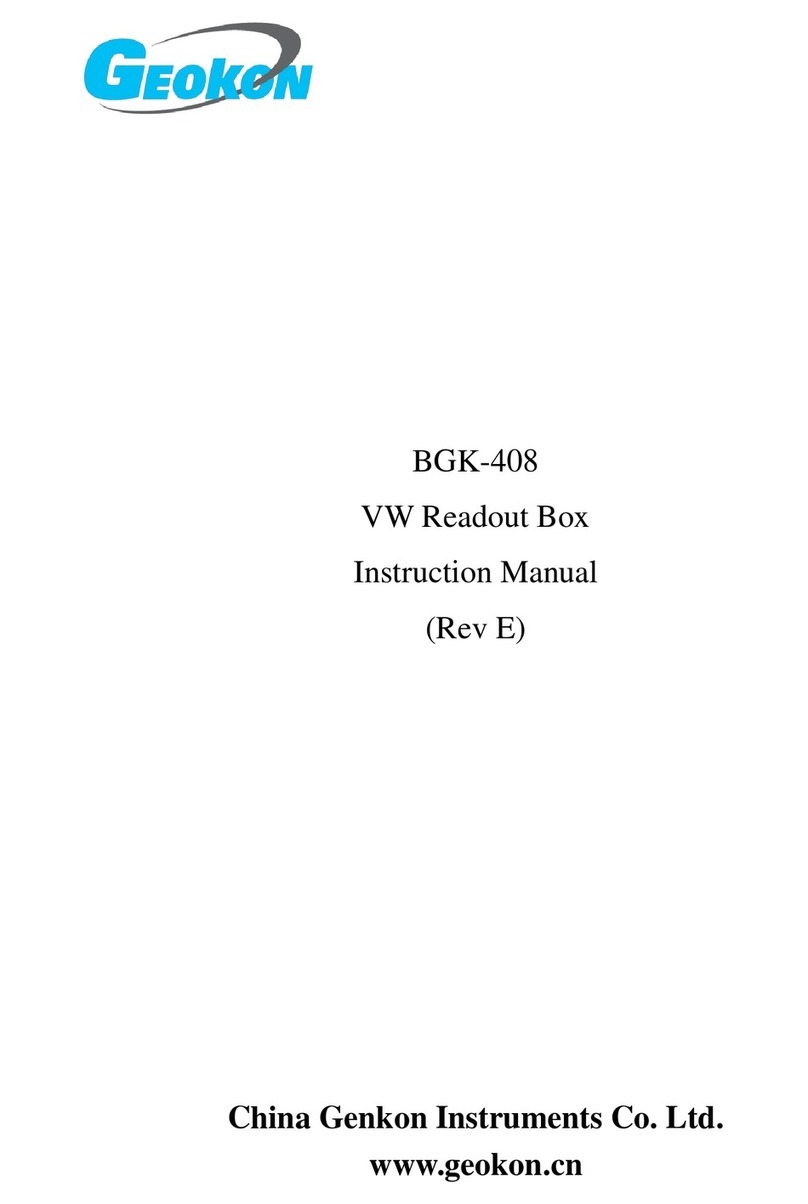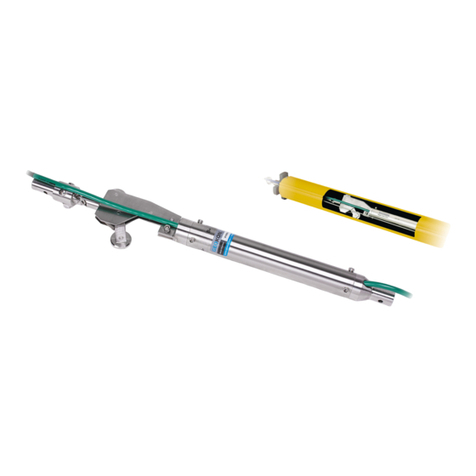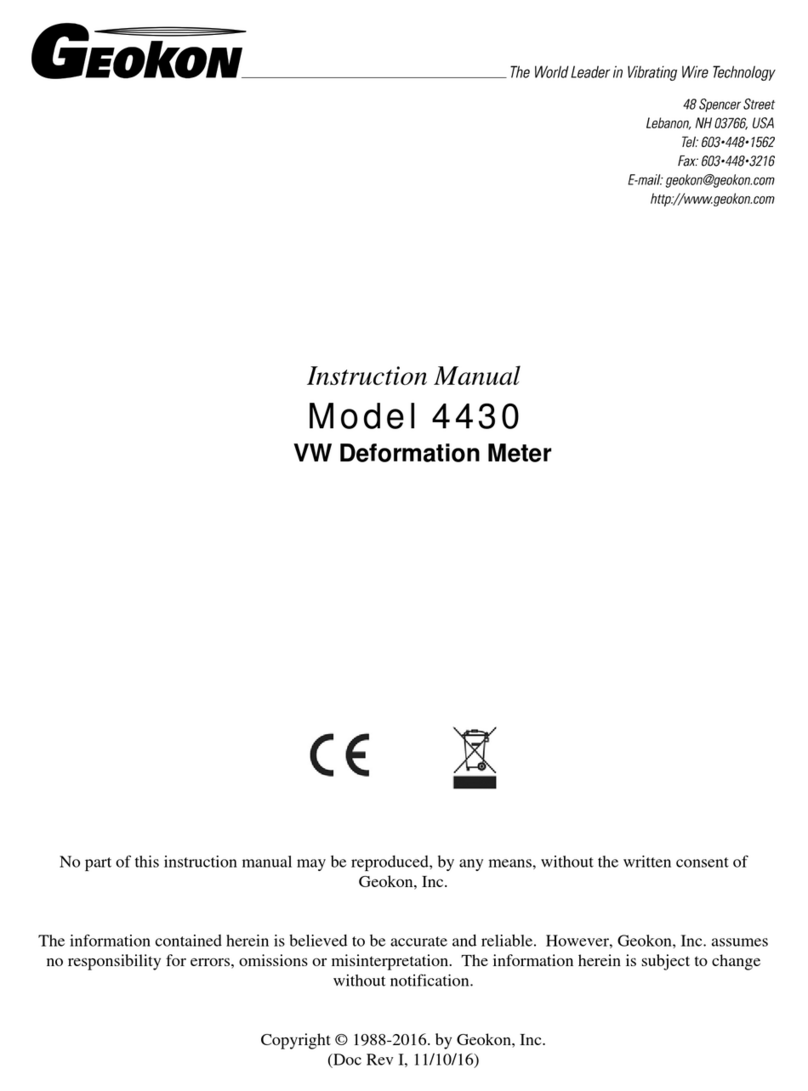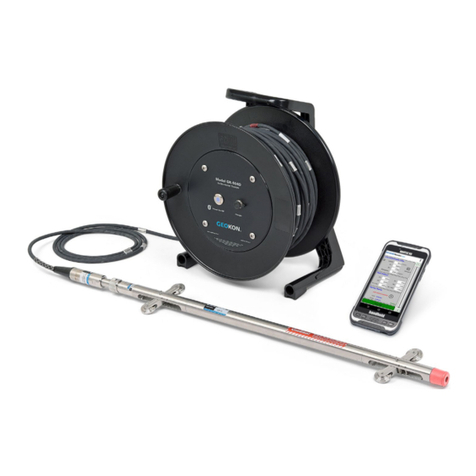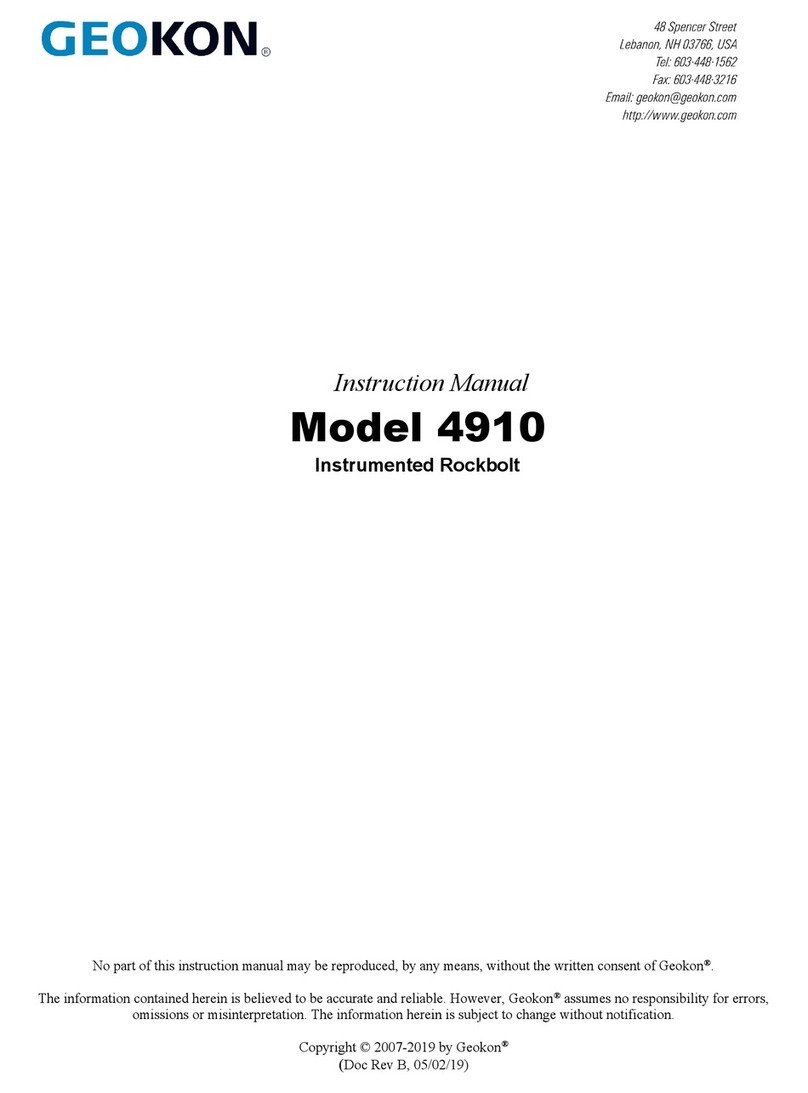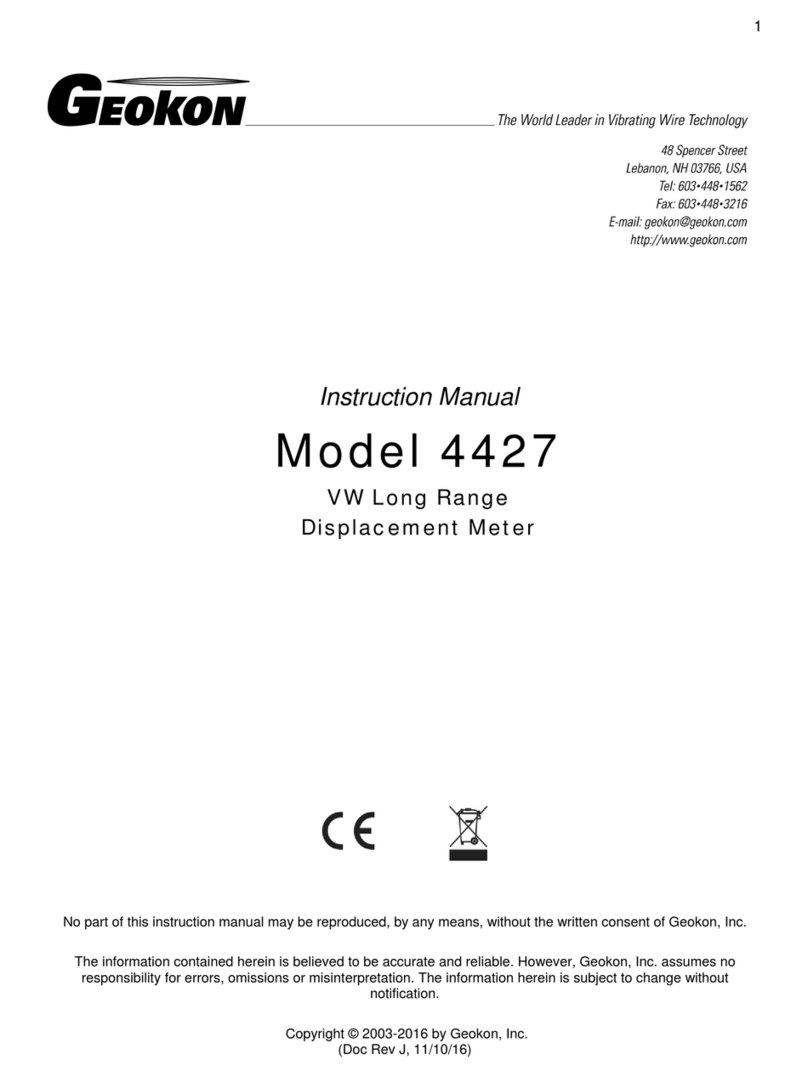
TABLE of CONTENTS
1. INTRODUCTION ............................................................................................................................................................1
2. MODELS...........................................................................................................................................................................2
2.1 MODELS 4200 AND 4200L ............................................................................................................................................2
2.2 MODEL 4202.................................................................................................................................................................3
2.3 MODEL 4210.................................................................................................................................................................3
3. PRIOR TO INSTALLATION.........................................................................................................................................4
3.1 ADJUSTING MODEL 4200 TO THE DESIRED RANGE........................................................................................................4
3.2 GAGE AND CABLE ASSEMBLY.......................................................................................................................................4
3.3PRELIMINARY CHECK ....................................................................................................................................................5
4. INSTALLING THE GAGES IN CONCRETE..............................................................................................................5
4.1 DIRECT ATTACHMENT TO REBAR..................................................................................................................................6
4.2 SUSPENSION METHOD...................................................................................................................................................7
4.3 ALTERNATIVE SUSPENSION METHOD............................................................................................................................8
4.4 USING PRECAST BRIQUETTES,SHOTCRETE,OR GROUTING............................................................................................8
4.5 CABLE SPLICING AND TERMINATION.............................................................................................................................9
4.6 LIGHTNING PROTECTION...............................................................................................................................................9
5. TAKING READINGS....................................................................................................................................................11
5.1 GK-404 READOUT BOX..............................................................................................................................................11
5.1.1 Operating the GK-404 .......................................................................................................................................11
5.2 GK-405 READOUT BOX..............................................................................................................................................12
5.2.1 Connecting Sensors............................................................................................................................................12
5.2.2 Operating the GK-405 .......................................................................................................................................12
5.3 GK-403 READOUT BOX (OBSOLETE MODEL) .............................................................................................................13
5.3.1 Connecting Sensors............................................................................................................................................13
5.3.2 Operating the GK-403 .......................................................................................................................................13
5.4 EMBEDMENT STRAIN GAGE READOUT POSITIONS.......................................................................................................13
5.5 MEASURING TEMPERATURES ......................................................................................................................................14
6. DATA REDUCTION......................................................................................................................................................15
6.1 READOUT BOX POSITION A.........................................................................................................................................15
6.2READOUT BOX POSITION B.........................................................................................................................................15
6.3 READOUT BOX POSITIONS D&E................................................................................................................................16
6.4 STRAIN RESOLUTION...................................................................................................................................................16
6.5 TEMPERATURE CORRECTIONS.....................................................................................................................................16
6.6 SHRINKAGE EFFECTS ..................................................................................................................................................18
6.7 CREEP EFFECTS...........................................................................................................................................................19
6.8 EFFECT OF AUTOGENOUS GROWTH.............................................................................................................................19
6.9 CONVERTING STRAIN TO LOAD...................................................................................................................................19
6.10 EFFECTIVE MODULUS ...............................................................................................................................................19
7. TROUBLESHOOTING.................................................................................................................................................20
APPENDIX A. SPECIFICATIONS..................................................................................................................................22
A.1 THERMISTOR..............................................................................................................................................................22
A.2 STRAIN GAGE.............................................................................................................................................................22
APPENDIX B. THEORY OF OPERATION ...................................................................................................................23
APPENDIX C. THERMISTOR TEMPERATURE DERIVATION..............................................................................26
APPENDIX D. HIGH TEMPERATURE THERMISTOR LINEARIZATION ...........................................................27
APPENDIX E. NO STRESS-STRAIN ENCLOSURE. ...................................................................................................28
APPENDIX F. MODEL 4200HT-T HIGH TEMPERATURE STRAIN GAGE ..........................................................29
APPENDIX G. MEASUREMENT AND CORRECTION OF TEMPERATURE EFFECTS.....................................30
